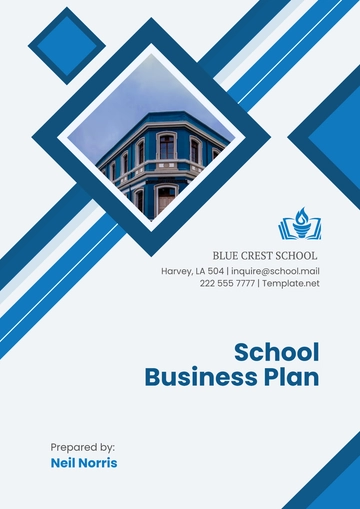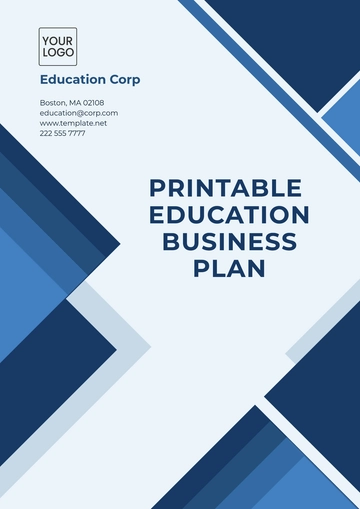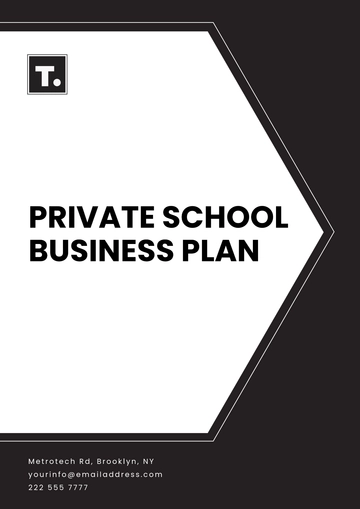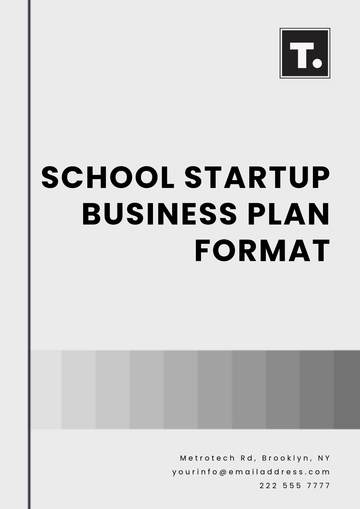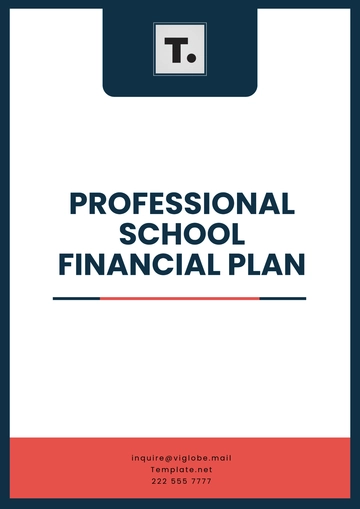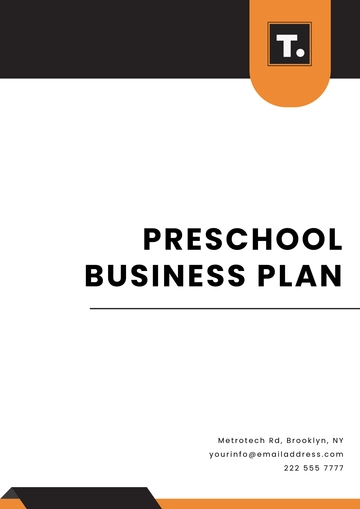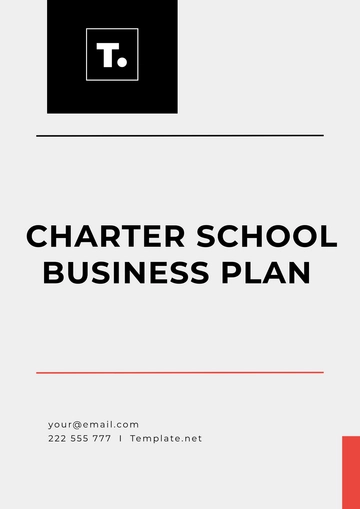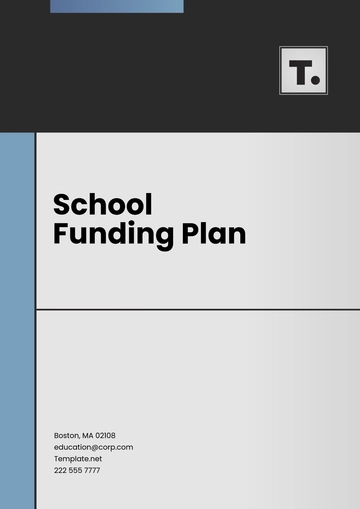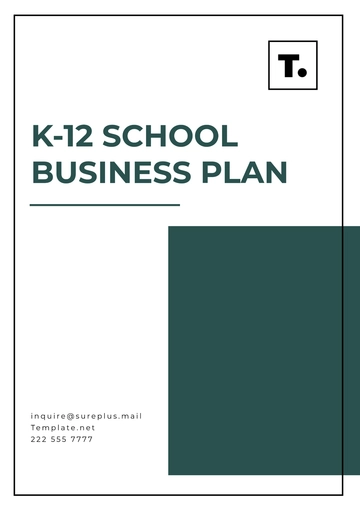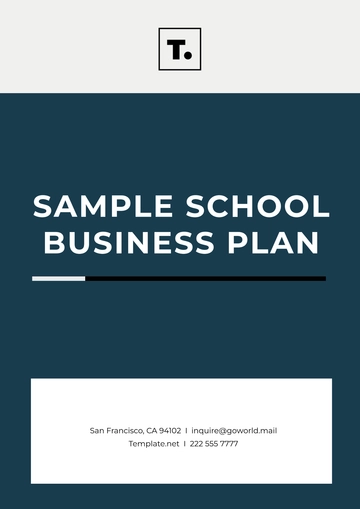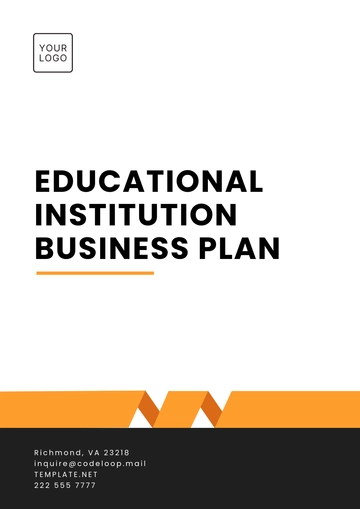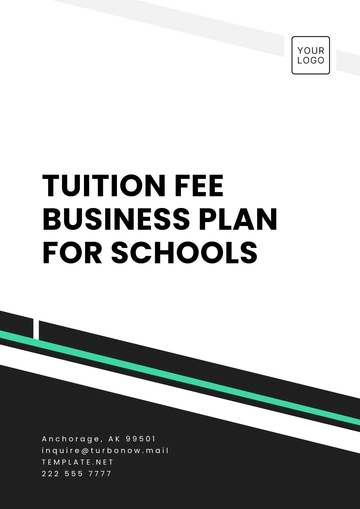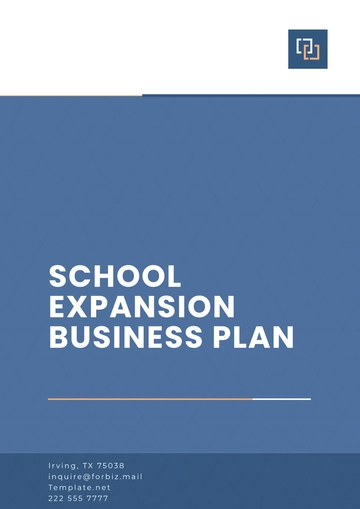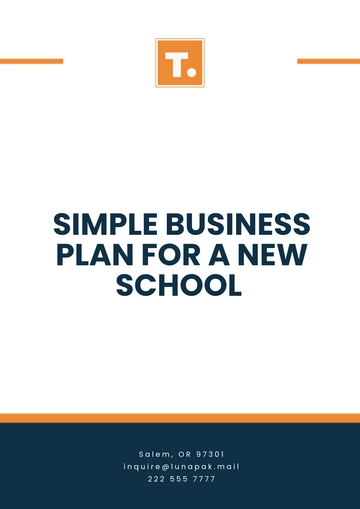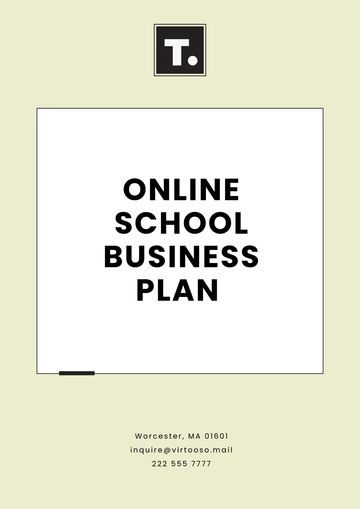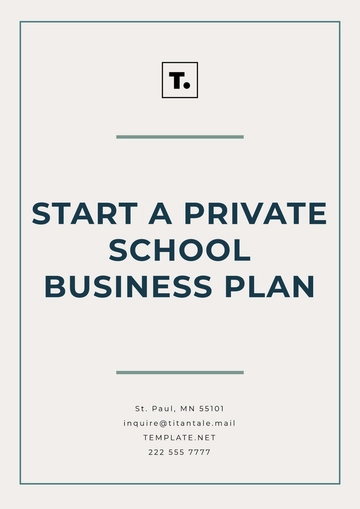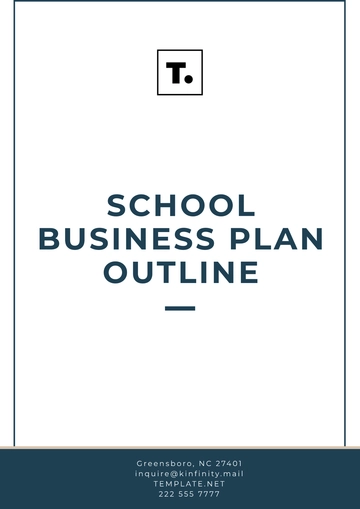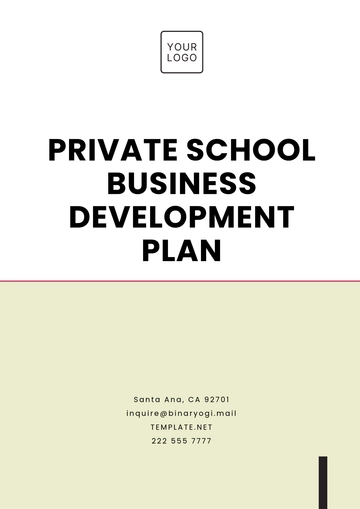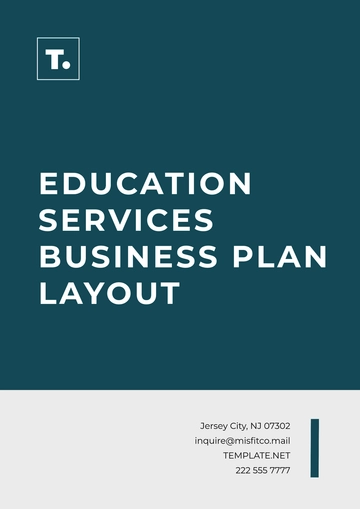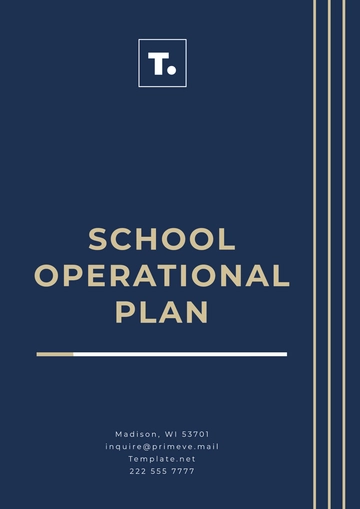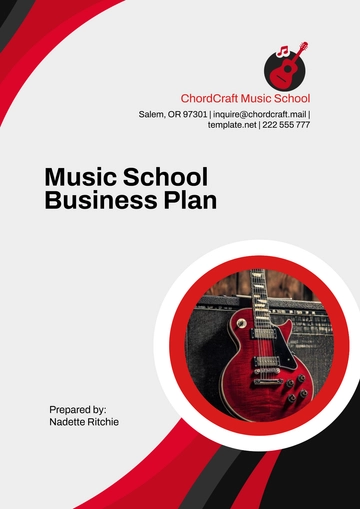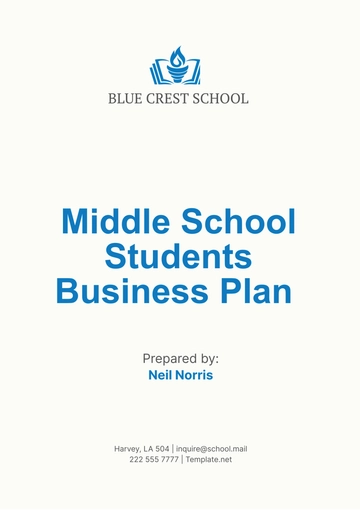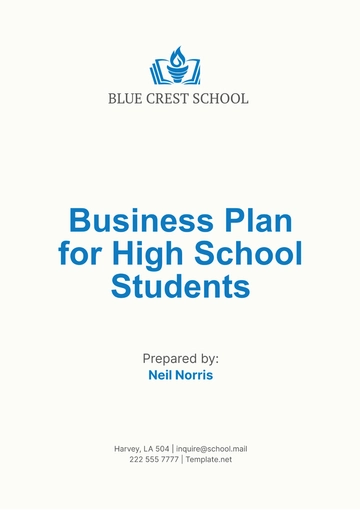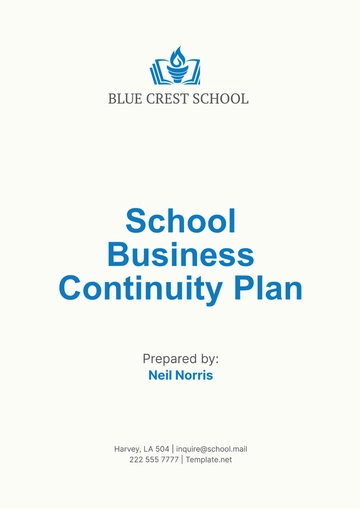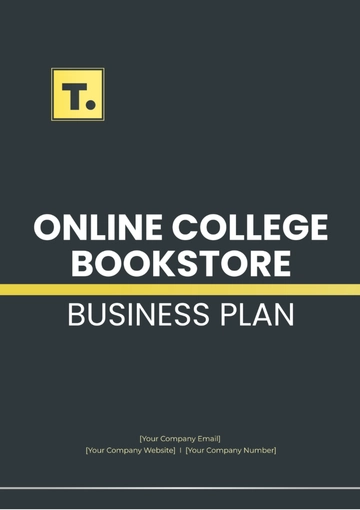Free Middle School Students Business Plan
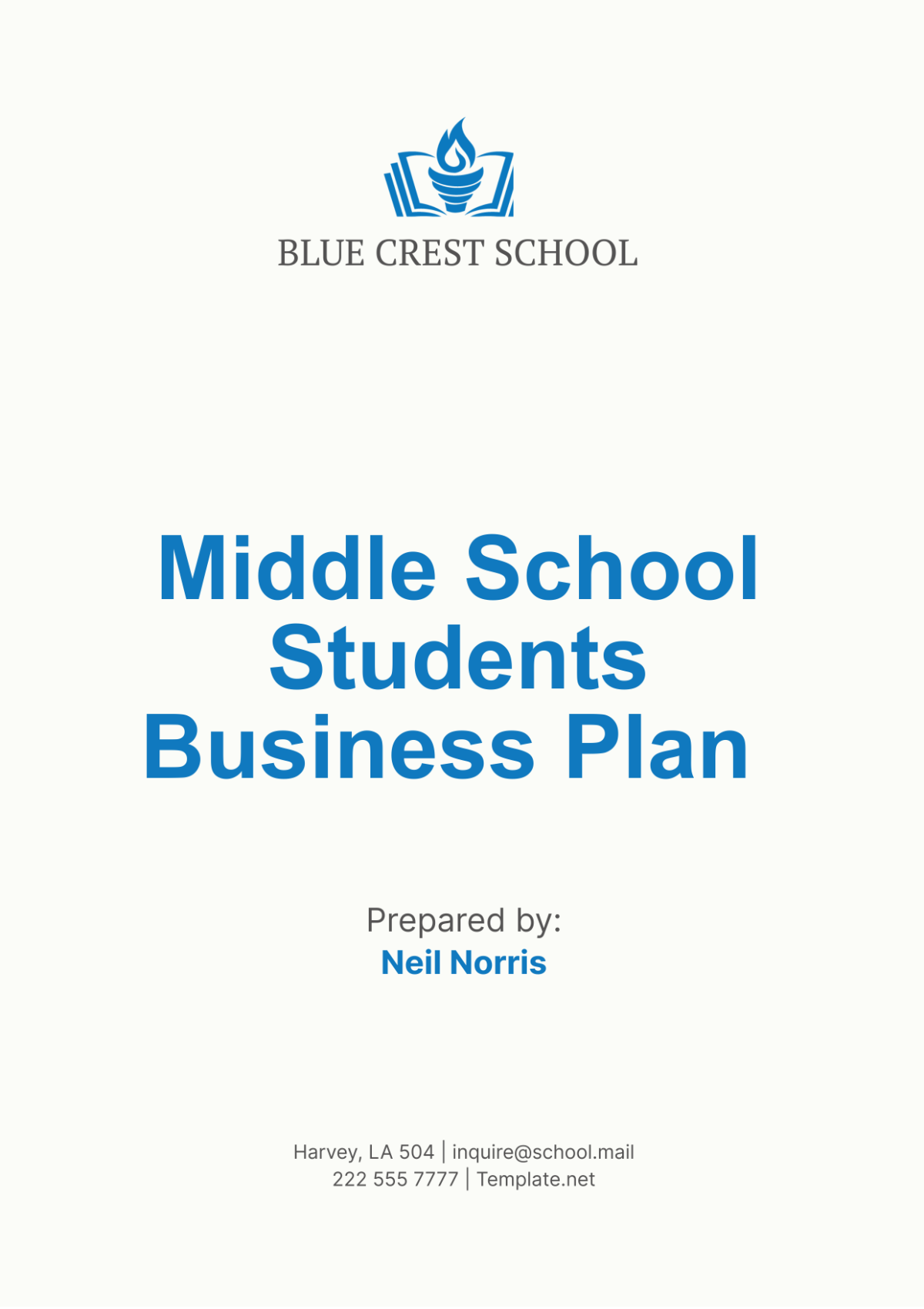
I. Executive Summary
This business plan outlines the creation and development of an entrepreneurial program targeted at middle school students. The overall goal is to foster business acumen, leadership, and innovative thinking in young students, providing them with the foundational skills necessary to thrive in the business world.
A. Mission Statement
The mission of [Your Company Name] is to provide middle school students with the tools and knowledge necessary to become future business leaders. We aim to inspire a new generation of entrepreneurs who are equipped with critical thinking, creativity, and the confidence to pursue their business ideas.
B. Objectives
Foster an entrepreneurial mindset in students.
Teach fundamental business concepts.
Encourage teamwork and leadership skills.
Provide practical experience through projects and activities.
Build partnerships with schools and communities to support program growth and sustainability.
II. Company Overview
[Your Company Name] is an educational organization dedicated to bringing business education into middle schools. Our program is designed to be engaging, fun, and highly educational, ensuring that students not only learn but also enjoy the process of discovering business concepts.
A. Contact Information
Company Email: [Your Company Email]
Company Number: [Your Company Number]
Company Address: [Your Company Address]
Company Website: [Your Company Website]
Company Social Media: [Your Company Social Media]
III. Market Analysis
Our target market is middle school students, particularly those from grades 6 to 8. The market is expansive as more schools are looking to integrate entrepreneurial programs to enrich their standard curriculum. By providing a unique program that addresses this gap, [Your Company Name] positions itself as a leader in educational innovation.
A. Target Audience
Students aged 11-14.
Parents who value education and leadership.
School administrators and educators looking for innovative curriculum additions.
B. Market Need
There is a growing recognition of the importance of entrepreneurial skills in education. Schools are increasingly seeking ways to introduce these concepts early, rather than waiting until higher education. [Your Company Name] aims to fill this gap by providing essential business knowledge and skills that prepare students for future academic and career success.
C. Market Trends
Increasing demand for STEM and business-related education in middle schools.
Growing interest in project-based and experiential learning methods.
Enhanced focus on developing soft skills such as leadership and teamwork among students.
IV. Organization and Management
Our program will be managed and facilitated by experienced educators and business professionals who bring a wealth of knowledge and practical experience to the classroom. The effectiveness of the program hinges on the strength and dedication of our management team, which is structured to ensure clear roles and responsibilities.
A. Organizational Structure
We will employ a hierarchical structure with the following key roles:
Program Director: Oversees the entire program, ensuring alignment with the mission and goals. The Program Director is responsible for strategic planning, forming partnerships with schools and businesses, and managing the overall direction of the program.
Lead Educators: Responsible for delivering the curriculum and mentoring students. Lead Educators are experienced in both education and business, bringing practical insights into the classroom. They design and implement the instructional programs, assess student progress, and provide feedback.
Support Staff: Assist with administrative tasks, program logistics, and student support. Support Staff handle scheduling, coordination of events, communication with parents and schools, and other essential administrative functions to ensure the smooth operation of the program.
B. Management Team
Your Name, Program Director: As the Program Director, you will oversee strategic planning, partnerships, and overall program management. Your responsibilities include setting the vision and goals, managing budgets, and ensuring that all program components are effectively integrated and executed.
Experienced Educator 1, Lead Educator: With extensive experience in business education and curriculum development, Educator 1 will lead the development and implementation of the curriculum. They will also mentor students and ensure that the educational content is both engaging and informative.
Experienced Educator 2, Lead Educator: Specializing in project-based learning and student engagement, Educator 2 will focus on interactive and experiential learning activities. Their role includes designing hands-on projects, facilitating workshops, and fostering a collaborative learning environment.
This organizational structure is designed to leverage the strengths of each team member, ensuring that our program is delivered effectively and meets the needs of all stakeholders.
V. Programs and Services
We will offer a variety of programs tailored for middle school students that include both theoretical and practical components. Our goal is to ensure a comprehensive understanding of business concepts, fostering entrepreneurial skills in a fun and engaging way.
A. Core Programs
Introduction to Business Concepts: This foundational course covers the basics of business, including entrepreneurship, marketing, finance, and management. Students will learn about the different types of businesses, how they operate, and the essential skills needed to run a successful enterprise.
Leadership and Team Building: This program focuses on developing leadership qualities and teamwork skills through interactive activities and group projects. Students will participate in exercises designed to build communication, collaboration, and problem-solving skills, essential for any successful business leader.
Project-Based Learning Activities: Provides hands-on experience in creating and managing business projects, allowing students to apply theoretical knowledge in practical scenarios. Projects may include starting a small business, creating a marketing plan, or developing a product prototype. These activities help students understand the complexities of business operations and develop critical thinking skills.
B. Additional Programs
Entrepreneurial Workshops: These short-term workshops dive deep into specific aspects of business, such as digital marketing, financial literacy, and business ethics. Each workshop is designed to provide intensive, focused training on a particular topic, equipping students with specialized skills.
Business Competitions: We will organize competitions where students can pitch their business ideas to a panel of judges, simulating real-world business environments. These competitions encourage creativity, innovation, and the practical application of business concepts. Winners can receive prizes, scholarships, or opportunities to further develop their ideas.
Mentorship Programs: Students will be paired with business professionals for one-on-one mentoring, providing personalized guidance and support. Mentors will help students navigate their projects, offer advice based on real-world experience, and provide a valuable network for future opportunities.
Our programs and services are designed to be comprehensive and dynamic, ensuring that students receive a well-rounded business education that prepares them for future success.
VI. Marketing and Sales Strategy
Our marketing and sales strategy will focus on building strong relationships with schools, parents, and communities. By positioning [Your Company Name] as the go-to provider of entrepreneurial education for middle school students, we aim to expand our reach and impact.
A. Marketing Plan
Social Media Campaigns: Utilize platforms like Facebook, Instagram, and Twitter to engage with parents and educators. We will showcase success stories, program highlights, and testimonials to build credibility and interest. Regular posts, live sessions, and interactive content will keep our audience engaged and informed.
School Partnerships: Develop partnerships with schools to integrate our program into their curriculum. We will offer pilot programs to demonstrate value and effectiveness, making it easier for schools to adopt our program on a larger scale. Building relationships with school administrators and educators will be crucial for our outreach efforts.
Community Engagement Events: Host events such as open houses, workshops, and informational sessions to engage with the local community. These events will provide an opportunity for parents, students, and educators to learn more about our programs, ask questions, and see the benefits firsthand.
B. Sales Strategy
We aim to offer our program as an enrichment add-on to existing school curricula. Pricing will depend on the length and breadth of the program, ensuring affordability while maintaining high-quality educational experiences.
Subscription Model: Schools can subscribe to our program on an annual or semi-annual basis. This model provides a consistent revenue stream and encourages long-term partnerships with schools.
Per-Student Fee: Charge a fee per student for participation in our programs. This flexible pricing structure allows schools to enroll as many students as they see fit, with discounts available for group enrollments to make it more accessible.
Grant-Funded Programs: Work with schools to secure grants that cover the cost of our programs. By assisting schools in obtaining funding, we can make our programs accessible to all students, regardless of their financial background.
Our marketing and sales strategies are designed to ensure that [Your Company Name] reaches a wide audience, builds strong relationships with key stakeholders, and secures the necessary revenue to sustain and grow our programs. Through targeted efforts and strategic partnerships, we aim to establish ourselves as a leader in middle school entrepreneurial education.
VII. Financial Plan
The financial plan will ensure that we sustainably grow our program while covering all operational and development costs. This includes detailed projections of revenue, expenses, and profitability over the next three years.
A. Revenue Streams
Program Fees: Primary revenue from schools and parents paying for our programs.
Grants and Sponsorships: Additional funding from educational grants and corporate sponsorships.
Merchandising: Sales of branded materials and educational resources.
B. Financial Projections
Below is the financial projection for the next three years:
Year | Revenue | Expenses | Net Profit |
|---|---|---|---|
2050 | $100,000 | $75,000 | $25,000 |
2051 | $150,000 | $100,000 | $50,000 |
2052 | $200,000 | $120,000 | $80,000 |
C. Budget Allocation
Category | Amount |
|---|---|
Curriculum Development | $50,000 |
Marketing and Sales | $30,000 |
Technology and Materials | $40,000 |
Staff Salaries | $60,000 |
Miscellaneous Expenses | $20,000 |
D. Funding Requirements
To achieve our financial goals, we will require an initial investment of $100,000, which will be utilized as follows:
Program Development: $40,000 for developing and refining the curriculum.
Marketing Initiatives: $30,000 to execute our marketing plan and build brand awareness.
Technology and Infrastructure: $20,000 for purchasing necessary technology and materials.
Working Capital: $10,000 for operational expenses during the initial phase.
VIII. Risk Analysis
Understanding and mitigating potential risks is crucial for the successful implementation and sustainability of our entrepreneurial program for middle school students. This section outlines the primary risks we face and the strategies we will employ to mitigate these risks effectively.
A. Potential Risks
1. Market Competition
Description: The educational market is competitive, with numerous programs aiming to provide similar benefits to students. The presence of other entrepreneurial and business education programs might limit our market share, making it challenging to attract and retain participants.
Impact: High competition could lead to reduced enrollment numbers, impacting our revenue and growth potential. It might also make it difficult to establish our program as the preferred choice among schools and parents.
2. Funding Challenges
Description: Securing consistent funding through grants, donations, and sponsorships can be unpredictable. Fluctuations in funding availability might affect our ability to maintain program quality and expand our offerings.
Impact: Inconsistent funding could lead to budget shortfalls, affecting our operational capacity. This might result in scaling back program components, delaying expansions, or compromising on educational materials and resources.
3. Operational Risks
Description: Challenges in program delivery and maintaining high educational standards pose a significant risk. These include logistical issues, staff turnover, and the difficulty of consistently providing high-quality instruction and support.
Impact: Operational inefficiencies can lead to a decline in program quality, student satisfaction, and educational outcomes. This, in turn, can harm our reputation and decrease enrollment.
B. Mitigation Strategies
To address these potential risks, we have developed comprehensive mitigation strategies that focus on leveraging our strengths, diversifying our resources, and maintaining rigorous quality control.
1. Differentiation
Strategy: Emphasize the unique aspects of our program to stand out in a competitive market. Our program’s key differentiators include:
Practical Experience: Incorporate hands-on projects and real-world business scenarios that provide students with tangible skills and experiences. This approach not only makes learning engaging but also prepares students for future entrepreneurial endeavors.
Mentorship Opportunities: Offer one-on-one mentoring from business professionals, providing personalized guidance and insights. This mentorship component is a significant value addition that most competitors may not offer.
Comprehensive Curriculum: Develop a curriculum that covers a wide range of business topics, from foundational concepts to advanced entrepreneurial strategies. Include innovative teaching methods and interactive activities to enhance learning outcomes.
Community Engagement: Foster strong relationships with local businesses and community leaders, creating opportunities for student projects, internships, and community-based learning experiences.
By highlighting these unique features in our marketing and outreach efforts, we can attract students and schools looking for a comprehensive and hands-on entrepreneurial education program.
2. Diversified Funding
Strategy: Develop a diverse funding strategy to mitigate the risk of reliance on a single source. Our approach includes:
Grants: Continue to apply for federal, state, and private educational grants. Stay updated on new grant opportunities and tailor applications to align with grant criteria.
Private Donations: Launch targeted fundraising campaigns to attract donations from alumni, parents, and community members. Organize events such as galas, auctions, and crowdfunding initiatives to raise funds.
Corporate Sponsorships: Seek sponsorships from corporations, particularly those with a vested interest in education and youth development. Offer sponsorship packages that include branding opportunities and involvement in program activities.
Program Fees: Implement a tiered pricing model that accommodates different school budgets while ensuring affordability. Offer discounts for early enrollment, group registrations, and long-term commitments.
Merchandising: Develop and sell branded merchandise and educational materials, providing an additional revenue stream. This includes items such as textbooks, workbooks, and online course subscriptions.
By diversifying our funding sources, we can ensure a more stable financial foundation and reduce vulnerability to funding fluctuations.
3. Quality Assurance
Strategy: Implement regular evaluations and feedback mechanisms to ensure the quality of our programs. Our quality assurance measures include:
Regular Assessments: Conduct periodic assessments to evaluate program effectiveness, student performance, and overall impact. Use standardized testing, project evaluations, and feedback surveys to gather data.
Continuous Improvement: Establish a process for continuous improvement based on assessment results. Regularly update the curriculum, teaching methods, and program components to reflect the latest educational trends and best practices.
Staff Training: Invest in ongoing professional development for educators and support staff. Provide training on new teaching techniques, technology integration, and student engagement strategies.
Feedback Mechanisms: Create channels for students, parents, and educators to provide feedback on the program. Use this feedback to identify strengths, address weaknesses, and make necessary adjustments.
Accreditation and Standards: Align our program with recognized educational standards and seek accreditation from reputable organizations. This ensures that our program meets high-quality benchmarks and is recognized for its excellence.
Performance Metrics: Define clear performance metrics for both students and educators. Monitor these metrics regularly to ensure that educational goals are being met and that staff are performing effectively.
By implementing these quality assurance measures, we can maintain high educational standards, ensure student satisfaction, and build a strong reputation for our program.
Risk management is an ongoing process that requires vigilance, flexibility, and proactive strategies. By understanding the potential risks and implementing robust mitigation strategies, [Your Company Name] is well-positioned to navigate challenges and achieve its mission of providing high-quality entrepreneurial education to middle school students. Through differentiation, diversified funding, and rigorous quality assurance, we will ensure the sustainability and success of our program, ultimately empowering the next generation of business leaders.
IX. Appendix
Additional documents:
Legal Agreements: Contracts and agreements with schools and partners.
Detailed Financial Forecasts: Comprehensive financial projections and assumptions.
Curriculum Samples: Examples of lesson plans and project outlines.
Marketing Materials: Sample brochures, social media content, and promotional materials.
- 100% Customizable, free editor
- Access 1 Million+ Templates, photo’s & graphics
- Download or share as a template
- Click and replace photos, graphics, text, backgrounds
- Resize, crop, AI write & more
- Access advanced editor
Foster entrepreneurial spirit among middle school students with Template.net's Middle School Students Business Plan Template. This user-friendly tool, customizable via our AI editor, guides young minds through the process of planning and launching business ventures. Tailored for educational use, it promotes creativity, critical thinking, and practical skills development. Empower young entrepreneurs with Template.net's engaging and educational business plan template.
You may also like
- One Page Business Plan
- Coffee Shop Business Plan
- Restaurant Business Plan
- Food Business Plan
- Real Estate Business Plan
- Executive Summary Business Plan
- Cover Page Business Plan
- Nonprofit Business Plan
- Daycare Business Plan
- Construction Business Plan
- Startup Business Plan
- Medical Business Plan
- Bakery Business Plan
- Service Plan
- Hotel Business Plan
- Catering Business Plan
- School Business Plan
- Healthcare Business Plan
- Transportation Plan
- Sports Plan
- Car Wash Business Plan
- Salon Business Plan
- Clothing Business Plan
- Farming Business Plan
- Boutique Plan
